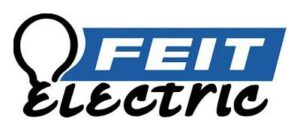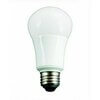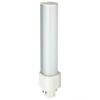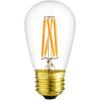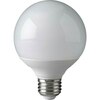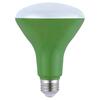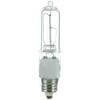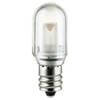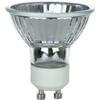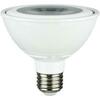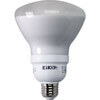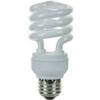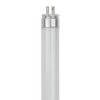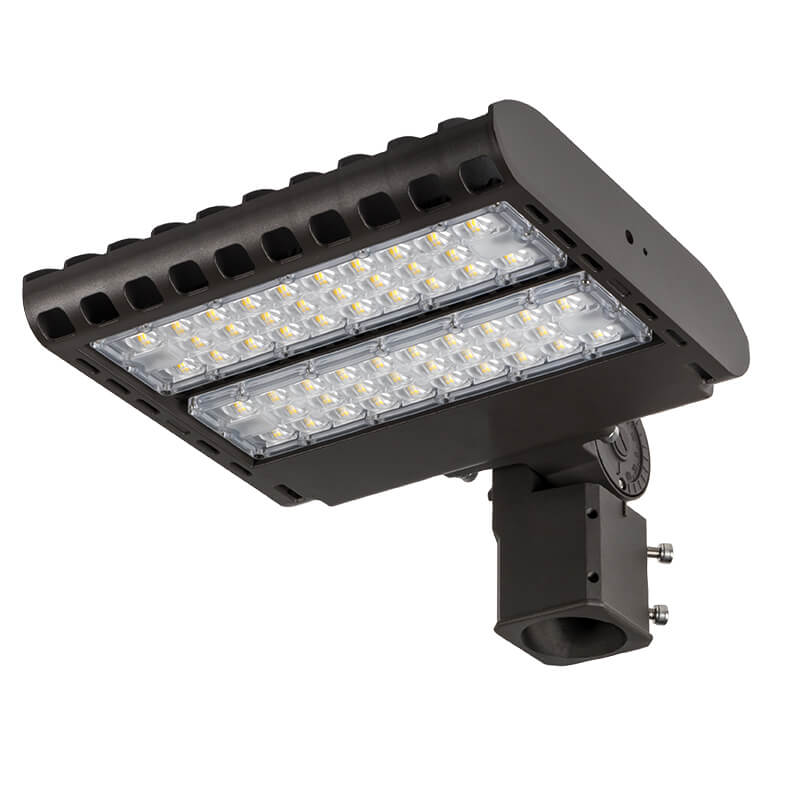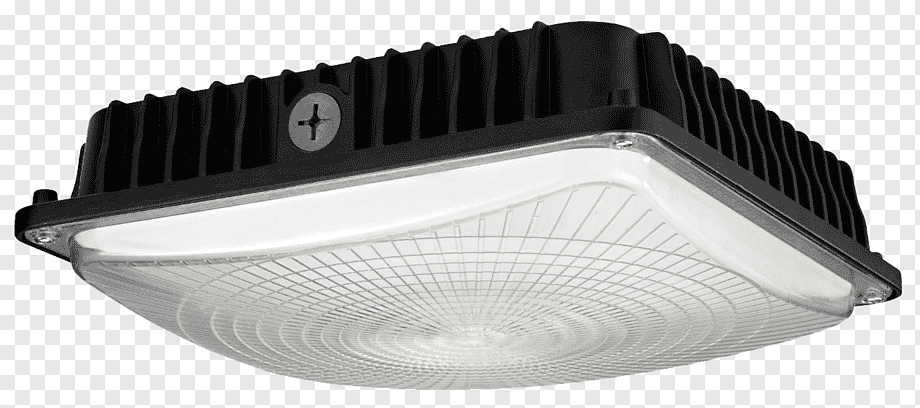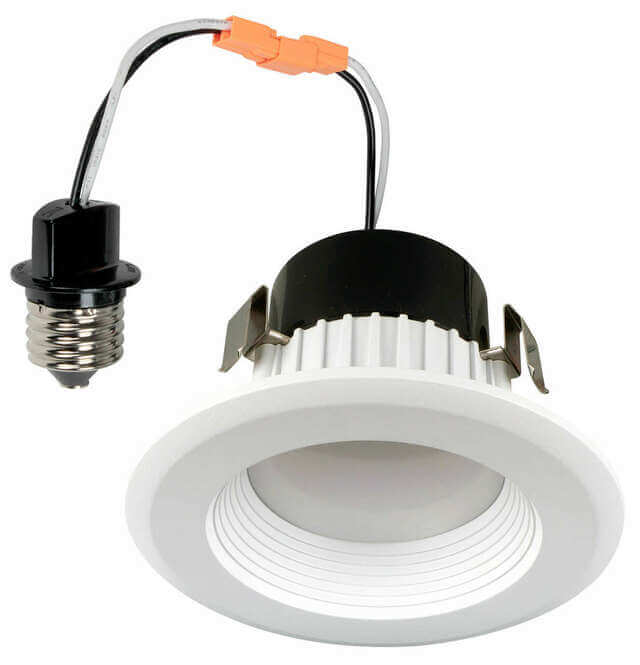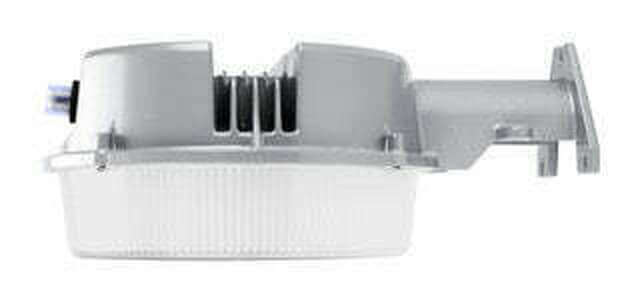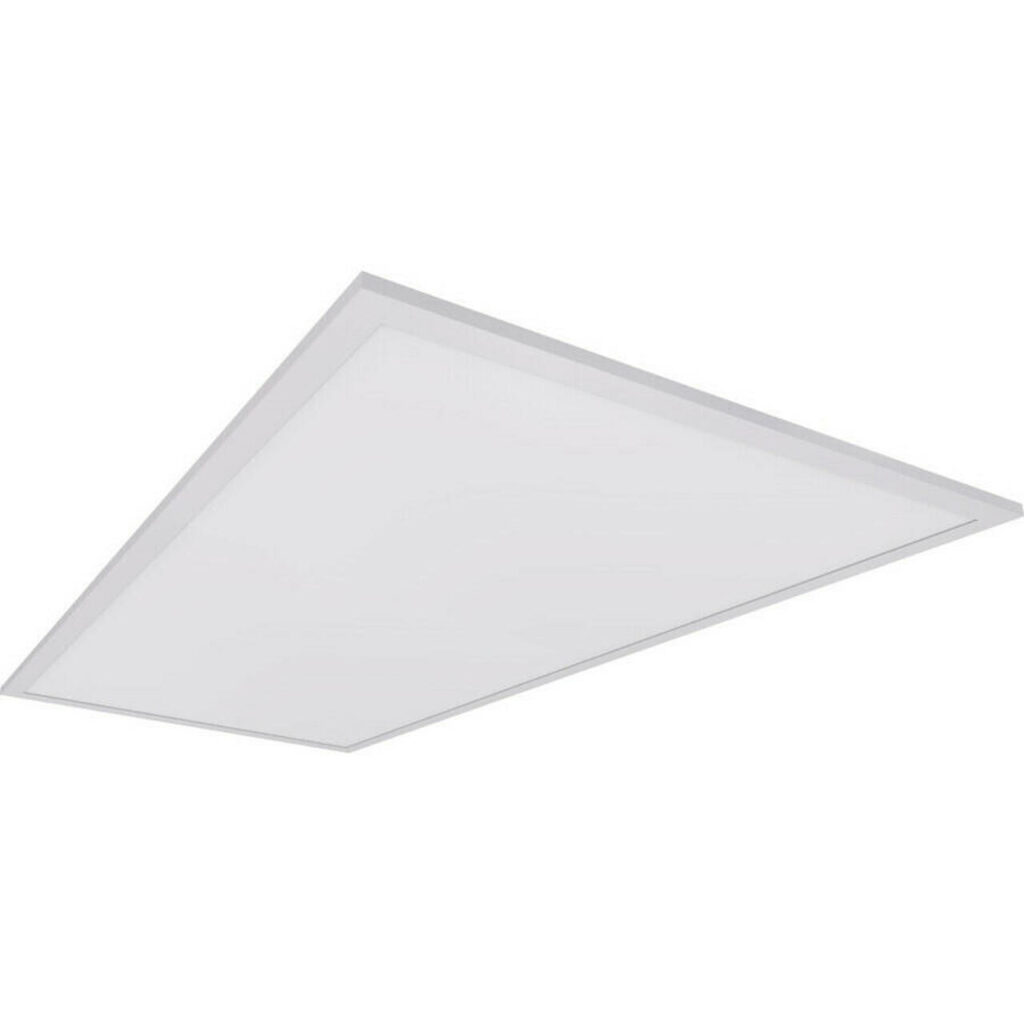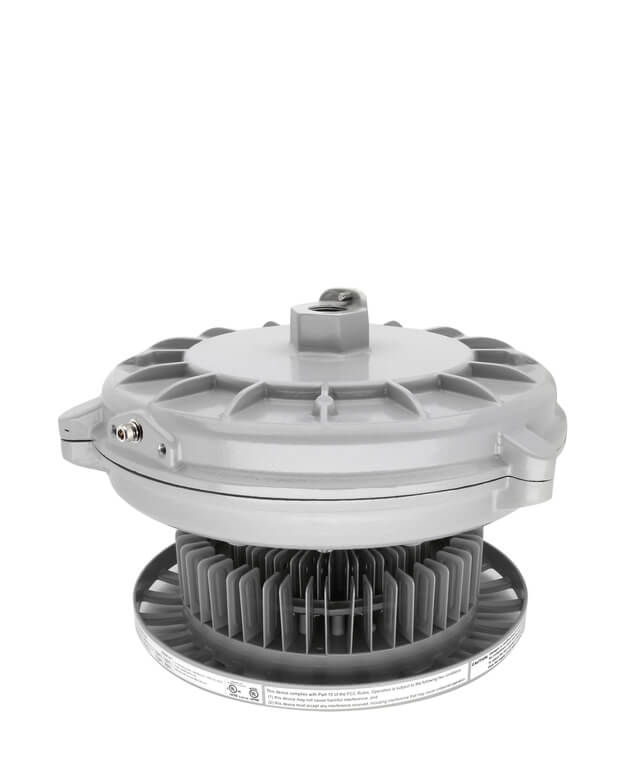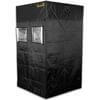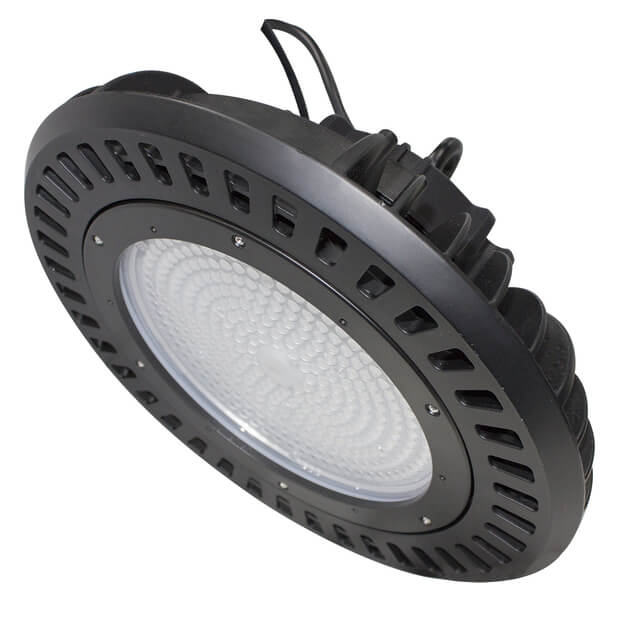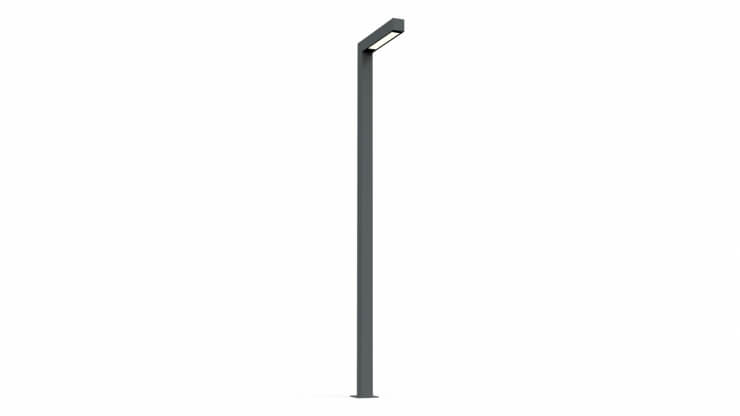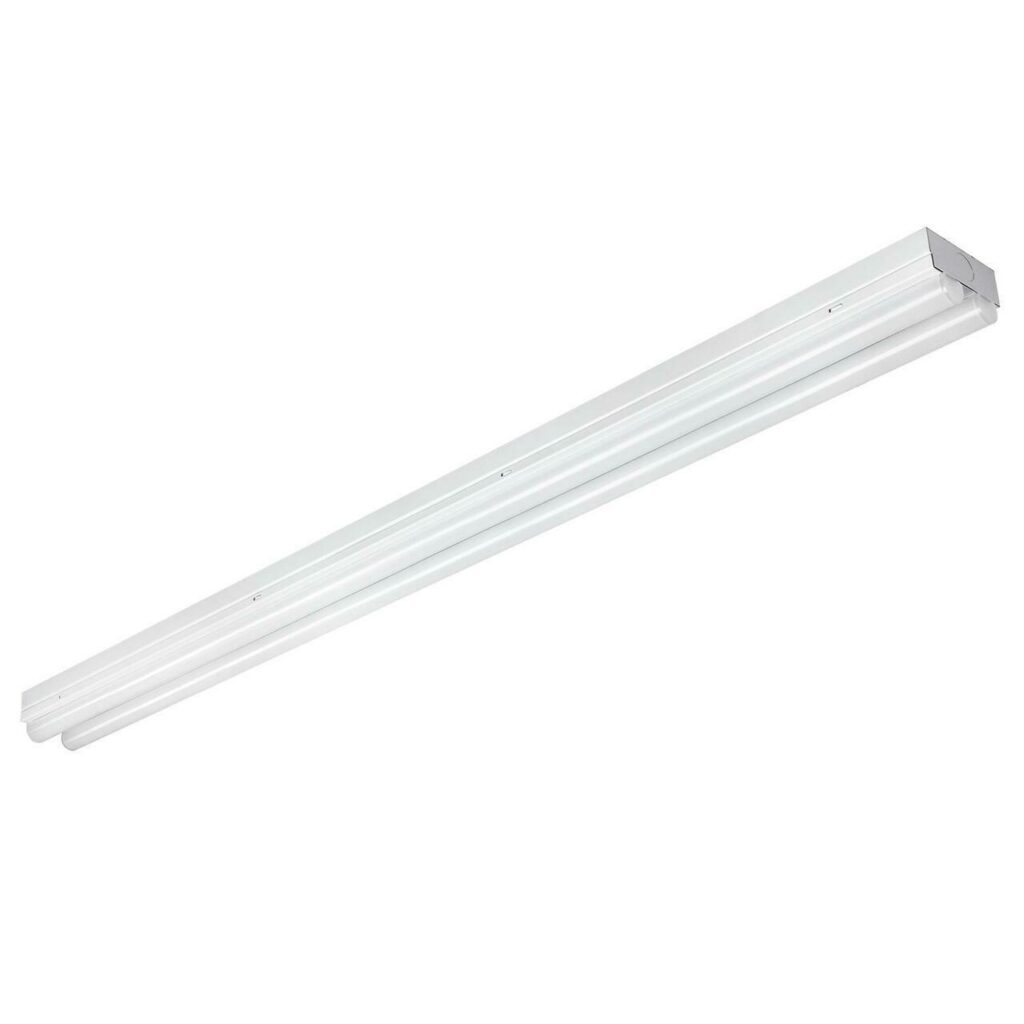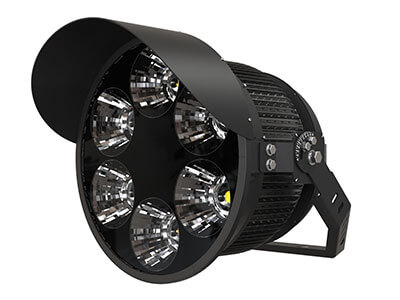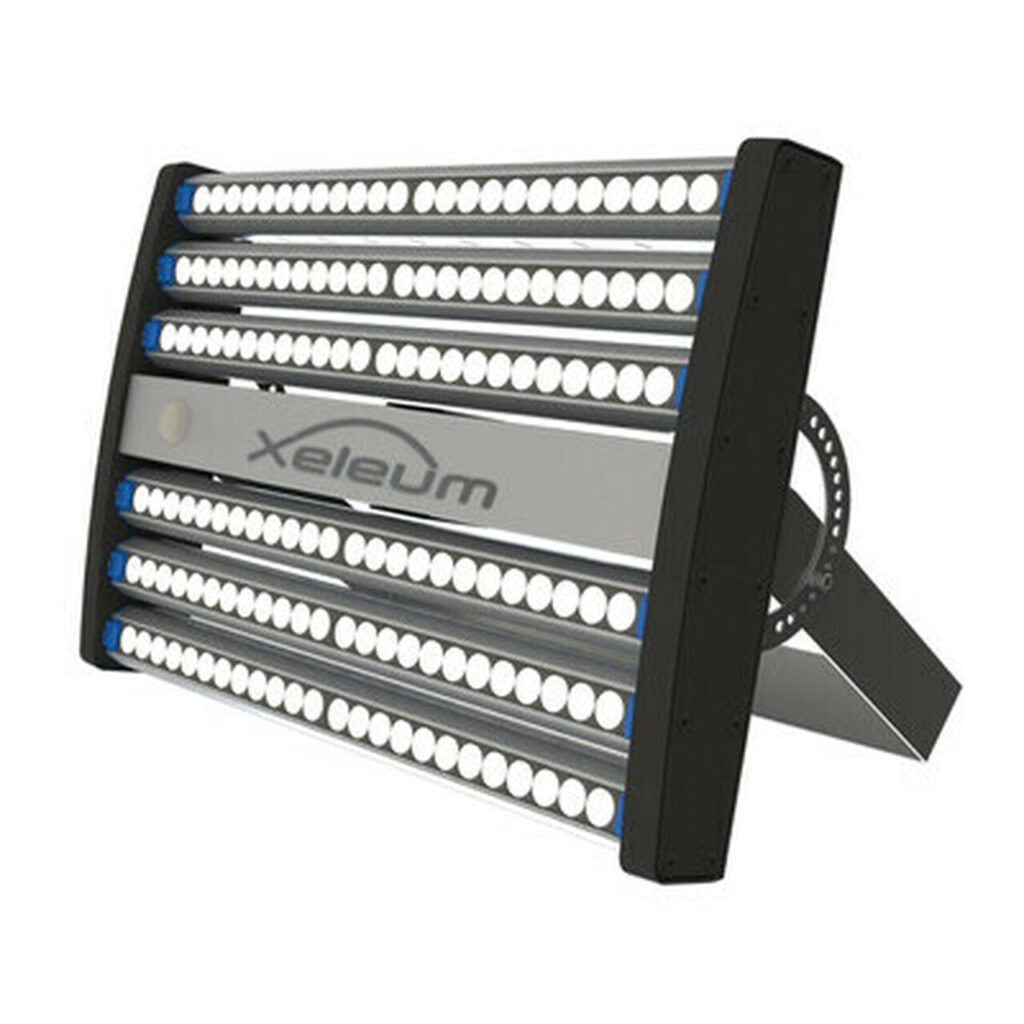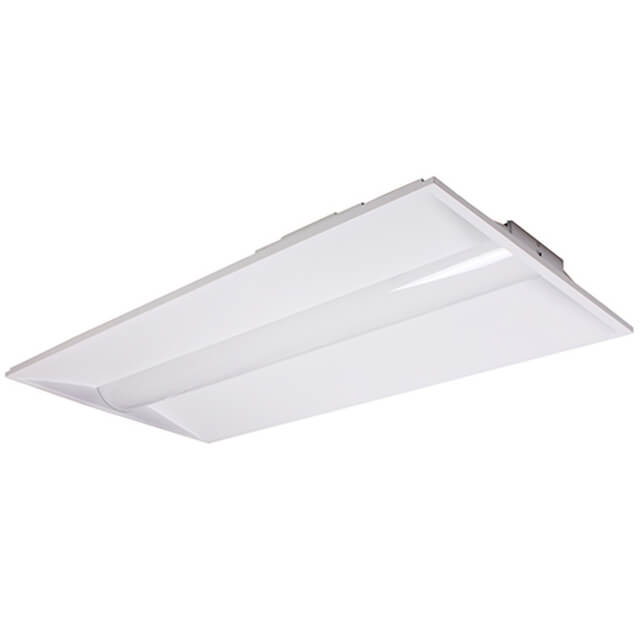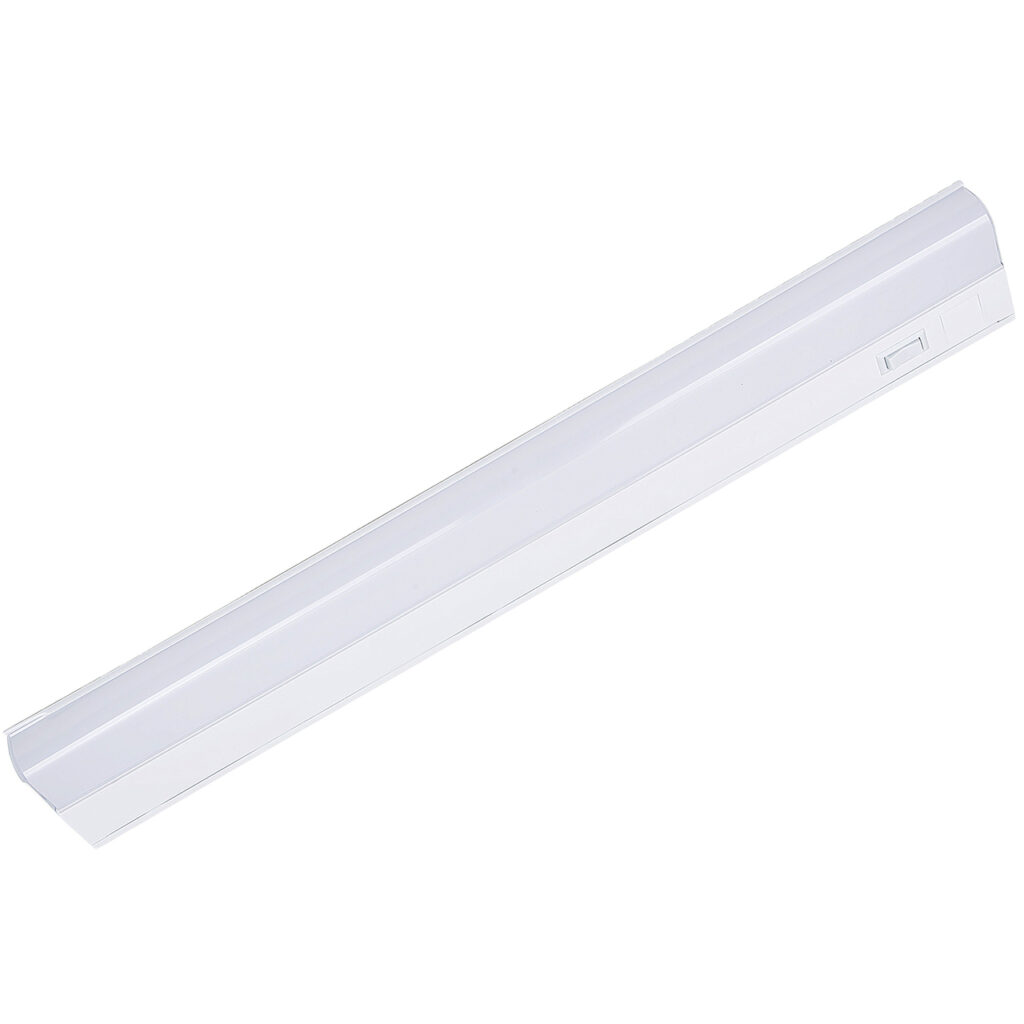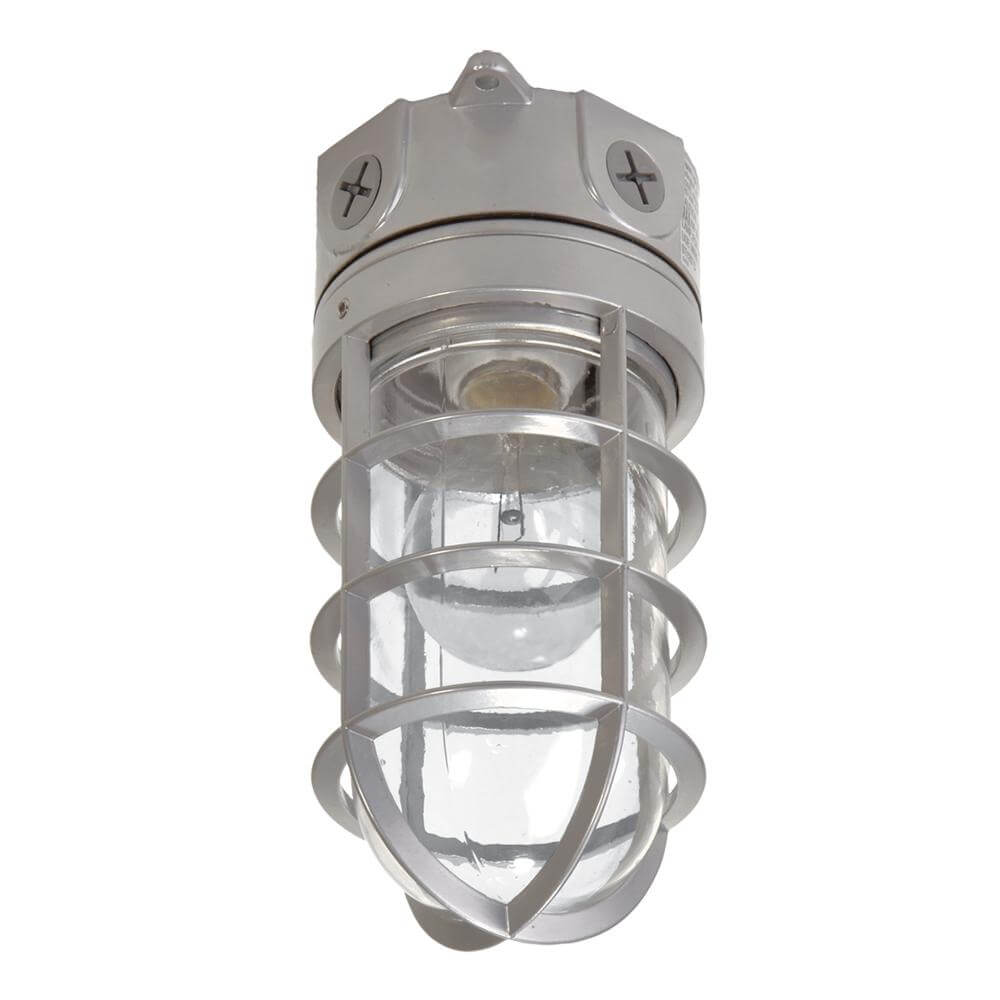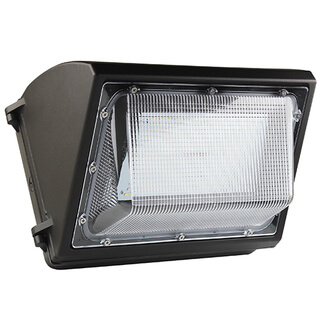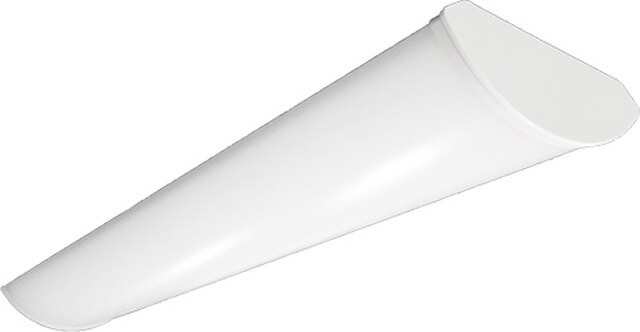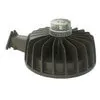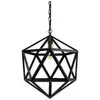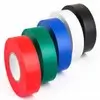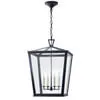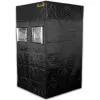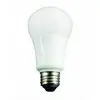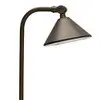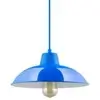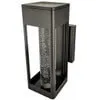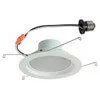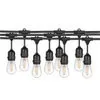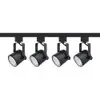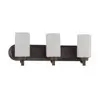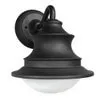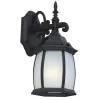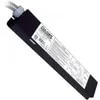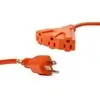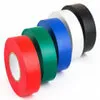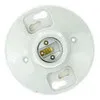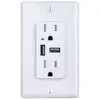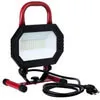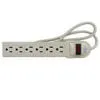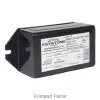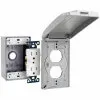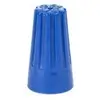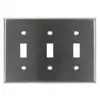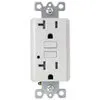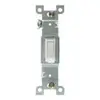Landscape lighting is a broad category of illumination. Low voltage landscape lighting is utilized most of the time; however, high voltage landscape lighting is employed on occasion. When very bright lights are wanted in remote locations, such as shooting light up into a tree, high voltage lighting may be adequate. To illuminate your property, you can use a variety of landscape lighting options.
When comparing landscape lighting spots and low voltage floodlighting, there are a few key distinctions to consider. So, how do you know which is the best option for your landscape? Here are a few key issues to think about.
What is the size of the area you want to illuminate?
The main distinction between floodlights and spotlights is the amount of area that each illuminates. Measure the extent that you want to illuminate and make sure that it will appear best when lit continuously rather than in smaller pools of light.
Suppose you want to light a patch of lawn, for example. In that case, you could use a floodlight to illuminate the entire yard or a series of spotlights to give pools of light close enough together to illuminate the whole area.
Do you have Functional or Aesthetic goals? (Both?)
Flood Lights are a cost-effective solution to illuminate a vast space with few devices. However, the result is frequently more practical than artistic. Larger illuminated areas cannot highlight specific features of your environment. Though they can make a space more functional, they rarely have an appealing appearance.
On the other hand, landscape lighting can be used to bring attention to the best features of your landscape in a highly artistic way. Large swaths of light are generally more aesthetically pleasing than small puddles of light.
Effort and Cost of Installation
In most cases, just a few flood lights are required to get your lighting objectives for an area. Also, since floodlights cover such a broad area and are usually relatively bright, only a few of them are typically needed. They are frequently positioned against a structure. Wiring and installation are both simple and do not necessitate extensive cable concealment.
On the other hand, landscape lighting can be very simple or quite complicated, depending on the homeowner’s goals. Even in relatively modest locations, at least a half-dozen or so landscape lights are required to get the desired effect. Depending on the lighting goals and space size, up to a hundred landscape lights may be employed.
Wires from the transformer to the lights must be buried when professional landscape lighting is installed in the ground. Wiring for lighting in trees must be hidden against the trunk and planted from the tree to the transformer.
Individual floodlights may be more expensive than landscape lights. Still, due to the lower number of required floodlights and the relative ease of installation, they are usually more cost-effective than landscape lighting for the same amount of space illuminated.
In conclusion, the fundamental distinctions are just some key points on how you differentiate between landscape lighting spot and flood low voltage.


